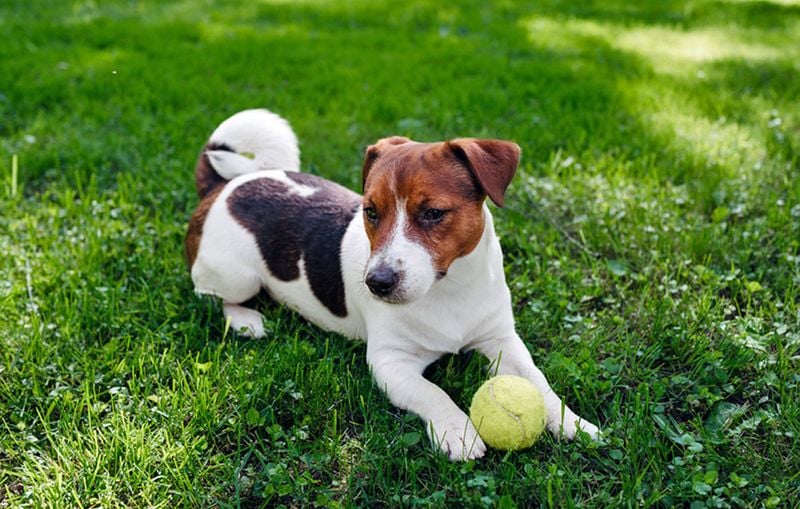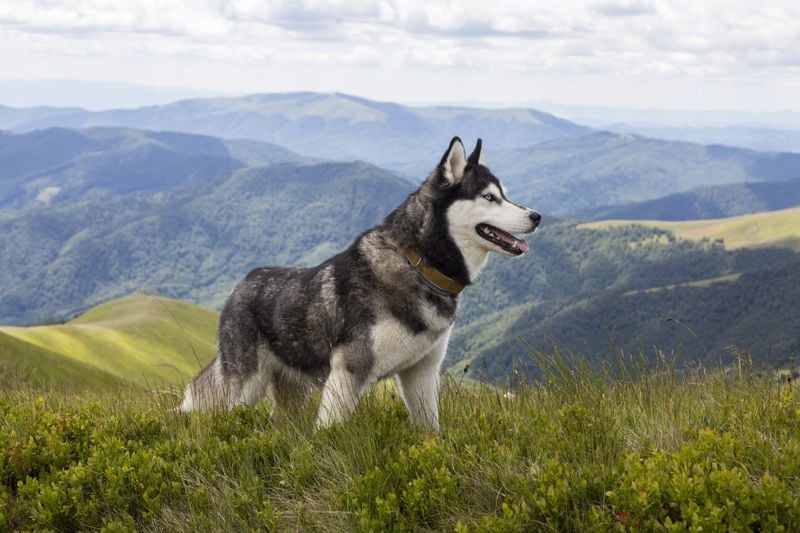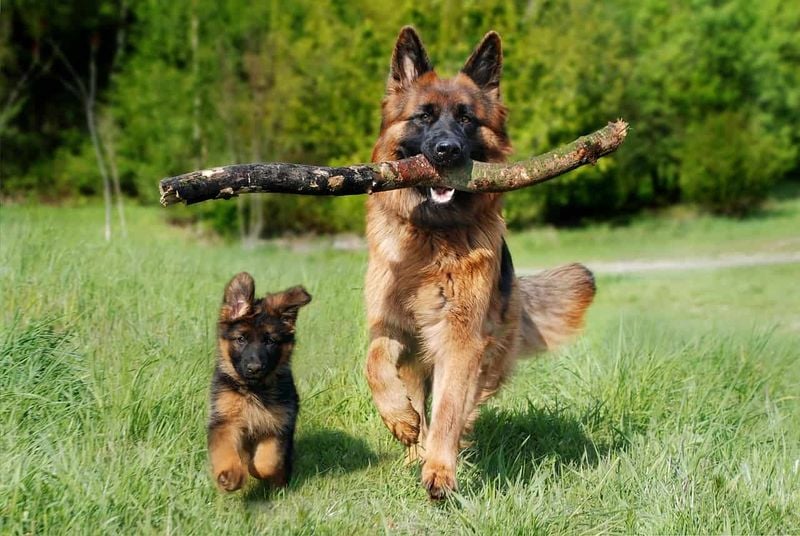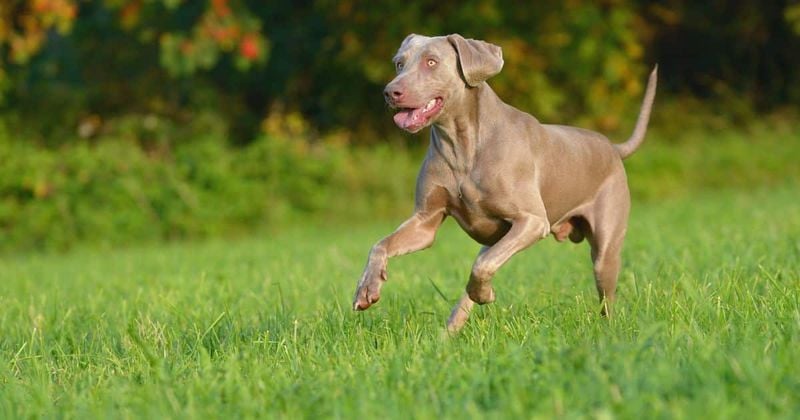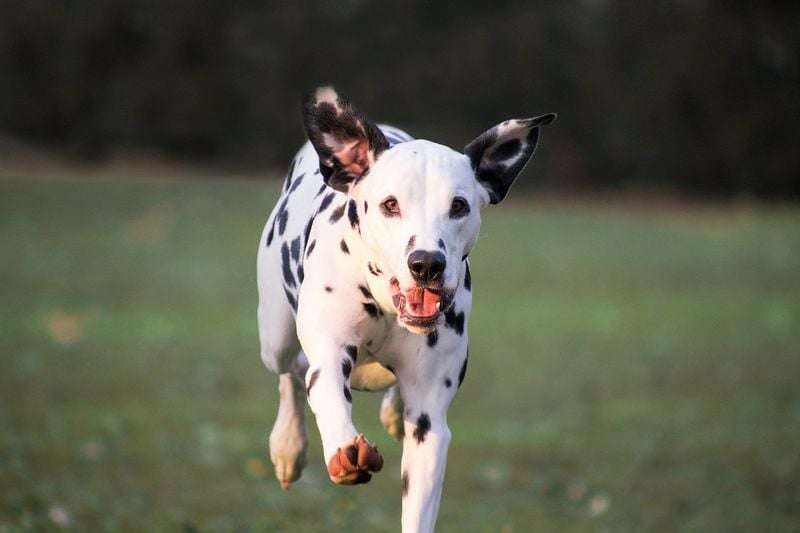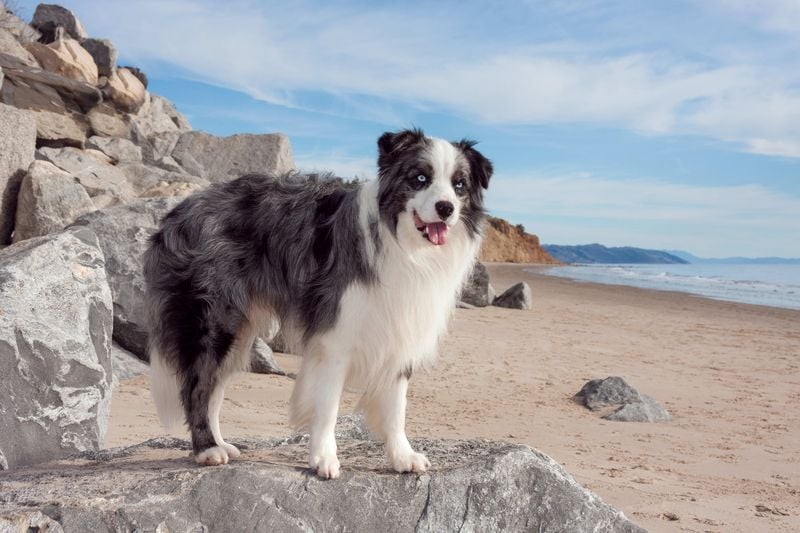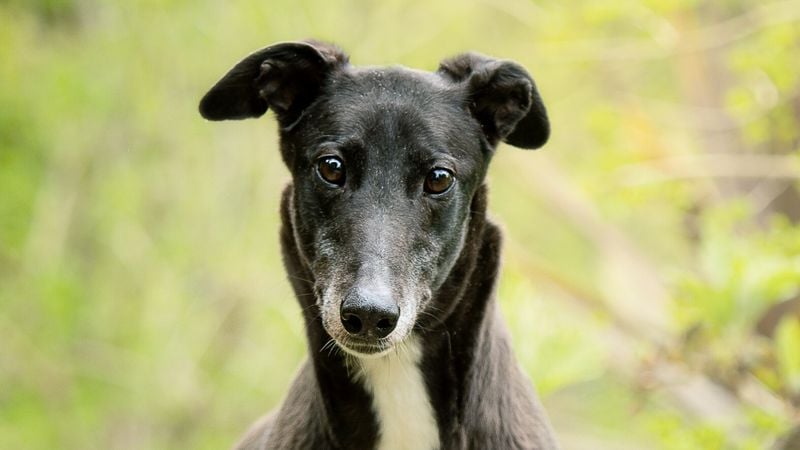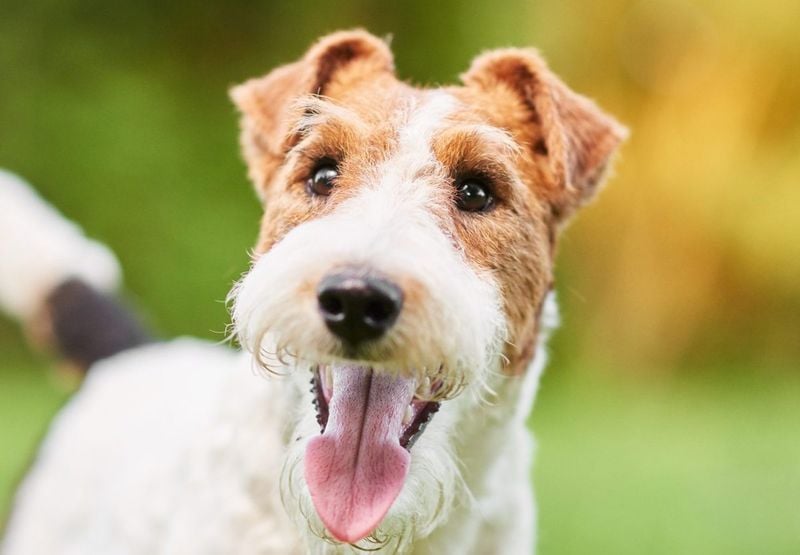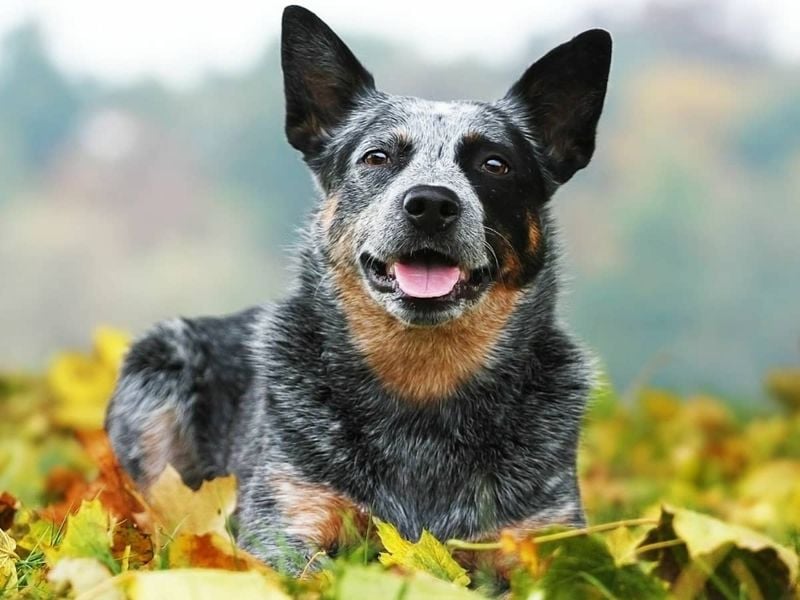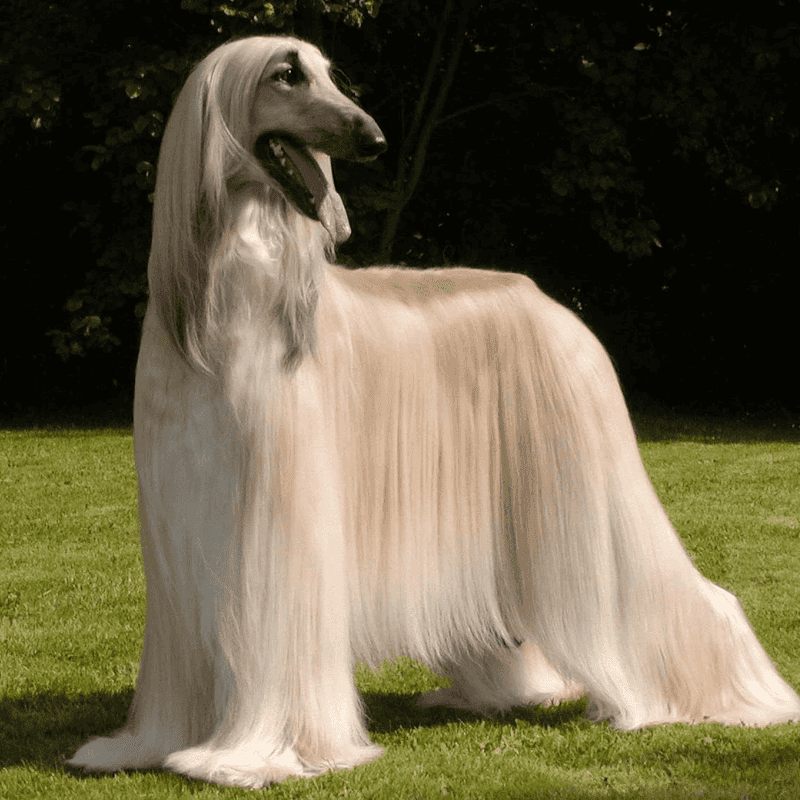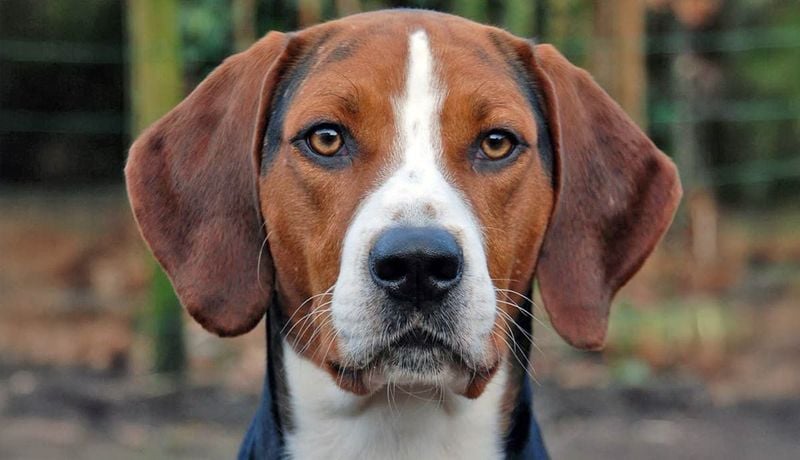13 Dog Breeds That Spell Trouble for Cat Lovers
Bringing a dog into a home with cats isn’t always as simple as picking the cutest pup. While some dog breeds are famously gentle and adaptable, others come hardwired with traits that make feline friendship a serious challenge. From high prey drives to relentless herding instincts, certain dogs just aren’t cut out for life alongside a cat.
Even the most lovable canine can spell trouble if their energy, curiosity, or instincts overwhelm your resident cat. And while every pet is an individual—with training and socialization making a big difference—it’s important to know which breeds come with built-in behaviors that might disrupt the peace at home.
If you’re a cat owner considering a dog, this list is your warning label. These breeds aren’t “bad,” but they’re often the source of stress, tension, or downright chaos in multi-pet households. From the energetic terriers to towering hounds with lightning-fast reflexes, these dogs might be better suited to cat-free homes.
Here are 13 dog breeds cat owners say are the hardest to live with—whether it’s because of chasing, barking, or just not knowing when to leave the cat alone.
1. Beagle: The Nose That Knows No Boundaries
Bred for hunting rabbits, Beagles possess an extraordinary sense of smell that makes your cat an irresistible target for chase. Their instinct to track scents overrides most training when an interesting trail appears.
While lovable and friendly with humans, these hounds view small, quick-moving animals as potential prey. A Beagle’s distinctive howl might sound charming until it’s directed at your terrified cat hiding under the bed.
Some Beagles can eventually learn to coexist with cats, but it typically requires early socialization and consistent training. Even then, many cat owners report their Beagles never fully overcome the urge to pursue their feline housemates.
2. Jack Russell Terrier: Small Dog with Giant Prey Drive
Originally developed to flush foxes from their dens, Jack Russell Terriers pack tremendous hunting instinct into their compact frames. Their lightning-quick reflexes and explosive energy make them natural cat chasers.
These terriers aren’t simply playing when they pursue cats – they’re acting on deeply ingrained hunting behaviors that can be nearly impossible to eliminate. Their tenacity is legendary among dog trainers, who often warn cat owners about this particular breed combination.
Even Jack Russells raised with cats from puppyhood may suddenly decide to chase their feline housemates years later. Their unpredictable nature around small animals makes them a risky choice for multi-pet households.
3. Siberian Husky: Born to Chase
Majestic and wolf-like, Siberian Huskies capture hearts with their striking appearance and playful personalities. Unfortunately, their natural instincts make them notorious cat chasers with a powerful prey drive that’s difficult to suppress.
Huskies were bred to run for miles pulling sleds, giving them incredible endurance when pursuing something that catches their interest. Many husky owners discover their beautiful dogs view cats as moving targets rather than potential friends.
Their predatory sequence typically involves stalking, chasing, and potentially catching smaller animals. While some huskies can be trained to accept resident cats, introducing them to new feline friends often proves challenging or downright dangerous.
4. German Shepherd: Protective Instincts Gone Awry
German Shepherds excel at police and military work because of their intelligence, trainability, and protective nature. These same qualities can create problems in homes with cats, as their herding and protective instincts sometimes target feline family members.
A German Shepherd might view a cat’s independent behavior as something needing control or correction. Their imposing size and powerful build mean even playful interactions can frighten or injure smaller pets.
While German Shepherds can be trained to accept cats, their strong prey drive often emerges during exciting moments like when a cat darts across a room. Early, consistent training is essential but doesn’t guarantee peaceful coexistence.
5. Weimaraner: The Gray Ghost’s Hunting Heritage
Aristocratic in appearance with their silver-gray coats and striking eyes, Weimaraners were developed as versatile hunting dogs for German nobility. Their elegant looks hide an intense prey drive that makes cats extremely vulnerable in their presence.
Nicknamed “Gray Ghosts” for their color and hunting style, Weimaraners possess lightning-fast reflexes and remarkable stamina. They can transition from perfect calm to full pursuit in seconds when something triggers their hunting instinct.
Most Weimaraner experts caution against bringing these dogs into homes with cats or small pets. Their prey drive runs exceptionally deep, and even extensive training rarely overcomes their natural inclination to chase and potentially harm smaller animals.
6. Dalmatian: Spotted Speedster with Stubborn Streak
Famous for their distinctive spots and firehouse connections, Dalmatians possess athletic builds and surprising speed that can spell trouble for household cats. Their historical role as carriage dogs required independence and endurance – traits that make them challenging to train around small animals.
Dalmatians often display a stubborn streak that complicates training efforts. When they decide to chase a cat, their impressive acceleration and stamina make intervention difficult.
Many Dalmatian owners report their dogs never fully accept cats as family members. Their tendency toward territorial behavior can manifest as jealousy or aggression toward feline housemates, creating a stressful environment for everyone involved.
7. Border Collie: Too Smart for Their Own Good
Widely considered the most intelligent dog breed, Border Collies approach life with intensity and purpose. Their herding background creates a problematic tendency to view cats as unruly sheep needing to be controlled, corralled, and managed.
A Border Collie’s fixation on movement means a cat simply walking across the room can trigger an overwhelming herding response. Their characteristic crouching, stalking, and staring behaviors often terrify cats, even when the dog doesn’t intend harm.
Highly sensitive to their environments, Border Collies can become neurotic when unable to fulfill their herding desires. This frustration sometimes manifests as problematic behaviors toward cats, including excessive chasing, nipping, or intimidation tactics that create household tension.
8. Greyhound: Built for the Chase
Gentle and lazy at home, Greyhounds transform instantly when small, fast-moving animals trigger their racing instincts. Their bodies are literally engineered for pursuit, capable of accelerating to 45 mph in mere seconds – a terrifying prospect for any cat.
Racing Greyhounds are specifically trained to chase lures that mimic small animals. This training, combined with their natural sight-hound instincts, creates a potentially dangerous situation for cats. Their slender build belies impressive strength that can easily overpower a smaller animal.
While many retired racing Greyhounds successfully adapt to homes with cat-savvy owners, adoption groups typically test each dog’s prey drive before placement. Some Greyhounds earn “cat-friendly” status, but many others require cat-free homes for everyone’s safety.
9. Fox Terrier: Small Package, Big Attitude
Fox Terriers were purposely bred to bolt foxes from their dens, and this heritage creates serious compatibility issues with cats. Their name literally describes their original purpose – to terrorize fox-like creatures, which unfortunately includes most household cats.
Both Wire and Smooth Fox Terrier varieties possess exceptional determination and fearlessness disproportionate to their size. Their quick, jerky movements and tendency to bark excitedly during pursuit create chaos that most cats find unbearable.
Unlike some breeds that might eventually accept resident cats, Fox Terriers typically maintain their hunting drive throughout their lives. Their tenacity means they rarely give up once they’ve decided a cat is worth pursuing, making peaceful coexistence extremely challenging.
10. Australian Cattle Dog: Herding with a Bite
Developed to control stubborn cattle in harsh Australian conditions, these dogs bring exceptional toughness and determination to everything they do. Australian Cattle Dogs often use nipping and biting as herding techniques – behaviors that translate poorly to interactions with cats.
Their natural suspicion of unusual movements makes a cat’s unpredictable behavior particularly triggering. When startled or excited, these dogs may instinctively attempt to control the situation by herding or even nipping at a fleeing cat.
Extremely territorial by nature, Australian Cattle Dogs frequently view cats as intruders rather than family members. Their remarkable intelligence and problem-solving abilities mean they can outwit most containment systems designed to separate them from cats they’ve decided to target.
11. Afghan Hound: Ancient Hunter with Modern Problems
Regal and aloof, Afghan Hounds carry themselves with aristocratic dignity that masks their serious hunting capabilities. As one of the oldest sighthound breeds, their instinct to chase moving objects remains powerfully intact despite centuries of domestication.
Their hunting style involves spotting prey from a distance and pursuing it with remarkable speed and agility. A cat’s quick movements perfectly trigger this predatory sequence, making peaceful cohabitation difficult to achieve.
Afghan Hounds possess independent thinking patterns that complicate training efforts. Unlike some breeds that eagerly work to please their owners, Afghans often decide for themselves which commands merit obedience. This selective listening becomes particularly problematic when trying to interrupt a chase sequence once it’s begun.
12. Irish Wolfhound: Gentle Giant with Ancient Instincts
Despite their reputation as gentle giants, Irish Wolfhounds possess hunting instincts originally developed for pursuing wolves and large game. Their imposing size – often standing over 30 inches tall at the shoulder – means even playful interactions can frighten or injure cats.
These ancient sighthounds react instinctively to quick movements, sometimes giving chase before their human-pleasing nature can override the impulse. Their enormous stride covers ground with alarming speed, giving cats little chance to reach safety once pursuit begins.
Many Irish Wolfhound owners report their dogs view household cats differently than unfamiliar ones. While they might accept a resident cat as part of their “pack,” neighborhood cats often trigger their hunting response, creating management challenges for responsible owners.
13. American Foxhound: Melodious but Menacing (to Cats)
American Foxhounds possess some of the most musical voices in the dog world, but their beautiful baying becomes problematic when directed at your terrified cat. Developed specifically for fox hunting, these hounds view cat-sized animals as legitimate quarry.
Their extraordinary stamina allows them to pursue prey for hours without tiring. Once they’ve picked up a scent trail, their single-minded focus makes them nearly impossible to distract or redirect.
Pack-oriented by nature, American Foxhounds sometimes view cats as outsiders rather than family members. Their hunting heritage runs particularly deep, with many breed experts considering them among the most difficult dogs to train reliably around small animals. For dedicated cat owners, this breed usually presents too great a risk.


